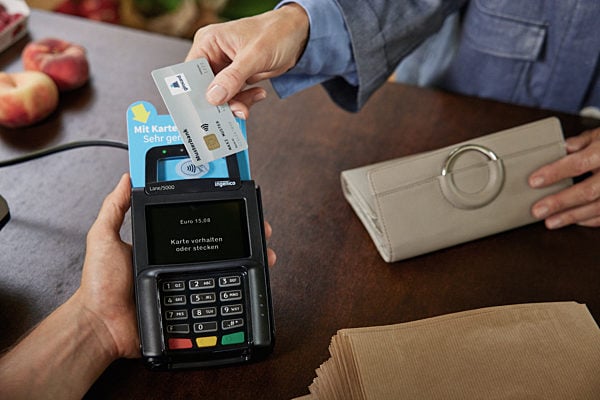If you have an account with say Deutsche Bank in Germany and decide to take out money at a Sparkasse ATM, you can end up paying close to €5 for the service.
Given the distinct lack of ATMs on German streets and the necessity of paying with cash in many shops and restaurants, this state of affairs can lead to more than the occasional frustration.
So customers of Sparkasse banks are unlikely to be pleased to hear that many branches are charging fees of up to €0.50 to their own customers when they withdraw cash.
The finance website biallo.de reports that Sparkasse banks across Germany have started charging these fees. But because Sparkasse is a network of around 400 partly public companies, the fees vary from region to region.
The website came to the conclusion that, of the 400 companies in the Sparkasse network nationwide, over 40 of them are now charging withdrawal fees.
In Erding, a town just north of Munich, customers with “classic” current accounts can now withdraw cash twice in the month from a clerk for free, before paying a €0.29 fee. Those who withdraw at an ATM can withdraw money four times per month before they start being charged.
But that fee is relatively benign compared to other Sparkasse banks, which make customers pay for every withdrawal.
Twenty Sparkasse companies now charge customers every time they take out money. Several Sparkasse banks, including those in Rottal-Inn, Bavaria, and Grebenstein in Hesse, have started charging €0.50 for every withdrawal.
Most frustratingly for Sparkasse customers, it does not even seem clear whether they are fully alerted to the charges.
The Erding Sparkasse failed to respond to a request from biallo.de to know whether customers were warned at the ATM that they were about to be charged.
READ ALSO: 7 things that really grind your gears when you first arrive in Germany



 Please whitelist us to continue reading.
Please whitelist us to continue reading.